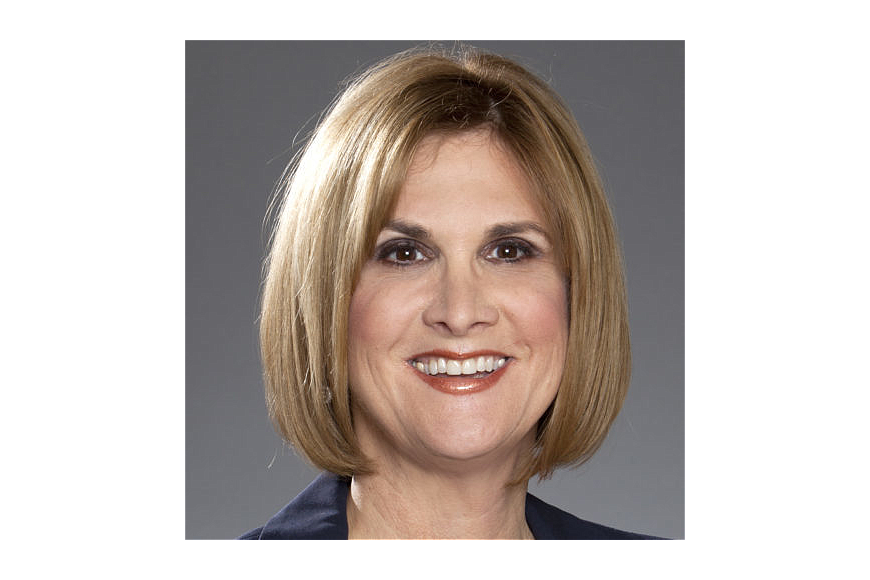- April 3, 2025
-
-
Loading

COVID-19 has changed everything. But you already knew that.
Dealing with the fallout, however, is not always easy, as many — even most — businesses have struggled to change the way they operate on the fly. That’s to be expected. We’re only three months into the pandemic. And though things are starting to look up, much of the change businesses have been going though may turn out to be permanent changes — and hopefully for the better. The restaurant industry has done a great job of adjusting their model by offering pickup, delivery and other creative options like “home pizza kits.” Your business must do the same.
This pandemic can be a great change agent, if you use the time wisely. In order to successfully shift your operations, you must first learn to embrace failure — both your employees’ and your own. In this time of uncertainty, allowing your employees to feel safe while taking calculated risks will help change their thinking to be agile and devise new strategies for your business. Never underestimate your greatest resource — your employees and their perspective. Allow them to fail. Failure can point us in the right direction, if we have a greater vision and path.
However, this can be easier said than done. Employees, in general, will play it safe. They fear workplace condemnation or worse, losing their job. Going out on a limb is often risky, incentivizing employees not to do it. But you must combat this feeling if you’re going to move your company forward. It starts with culture.
The Importance of Culture
To ensure that your employees feel safe — and encouraged — to get outside of the comfort zone and get creative, you must instill a judgement-free culture that embraces risk and embraces failure. Cultures aren’t developed overnight, but the current crisis can have a way of moving things along more quickly. Start with communication and transparency. Let your employees know what you want of them, and that a certain amount of calculated risk is not only tolerable but encouraged. Help your team help you change your company into something even more powerful.
Take a Scientific Approach
Embracing failure doesn’t mean being reckless. It means taking calculated risks and instilling a scientific process to your plan. Anything you learn will be critical to the next step for your company. Don’t set yourself up for a binary approach — it’s not a zero-sum game of winners and losers. Treating the process that way will stymie your growth. Measure everything you do, take notes and use the information to devise your next plan. You will rarely, if ever, succeed on the first idea or the first strategy. You must use every piece of information around you to move forward successfully.
Do Your Homework
Before you can fail up, you need to know where you’re going. Do some research and learn as much as possible about your potential outcomes for success and failure and devise a risk strategy based on that information. Anticipate loss — but ensure it’s a loss you can live with. When you have a clearer view of the playing field, you’ll have a better idea of your risk tolerance.
Chip Away
The best way to take calculated risks is to devise a larger end goal but approach it in small chunks. By focusing on small steps, you can fail and succeed without putting your business in danger, and you can collect the necessary learning to sharpen your focus as you go. Create measurable objectives for success in each area that serves your larger goal.
Face Your Fear
As a family business advisor and performance coach, I work with leaders everyday who are successful, yet can be hesitant to change. After all, if it ain’t broke don’t fix it. COVID-19, however, has changed the calculus and forced change on many successful businesses. As you must help your employees embrace failure, you must do so yourself. It’s the only way to make the positive changes that will set your business up for success in the new world. If you face your fear of change and lead by example, your employees will surely follow.